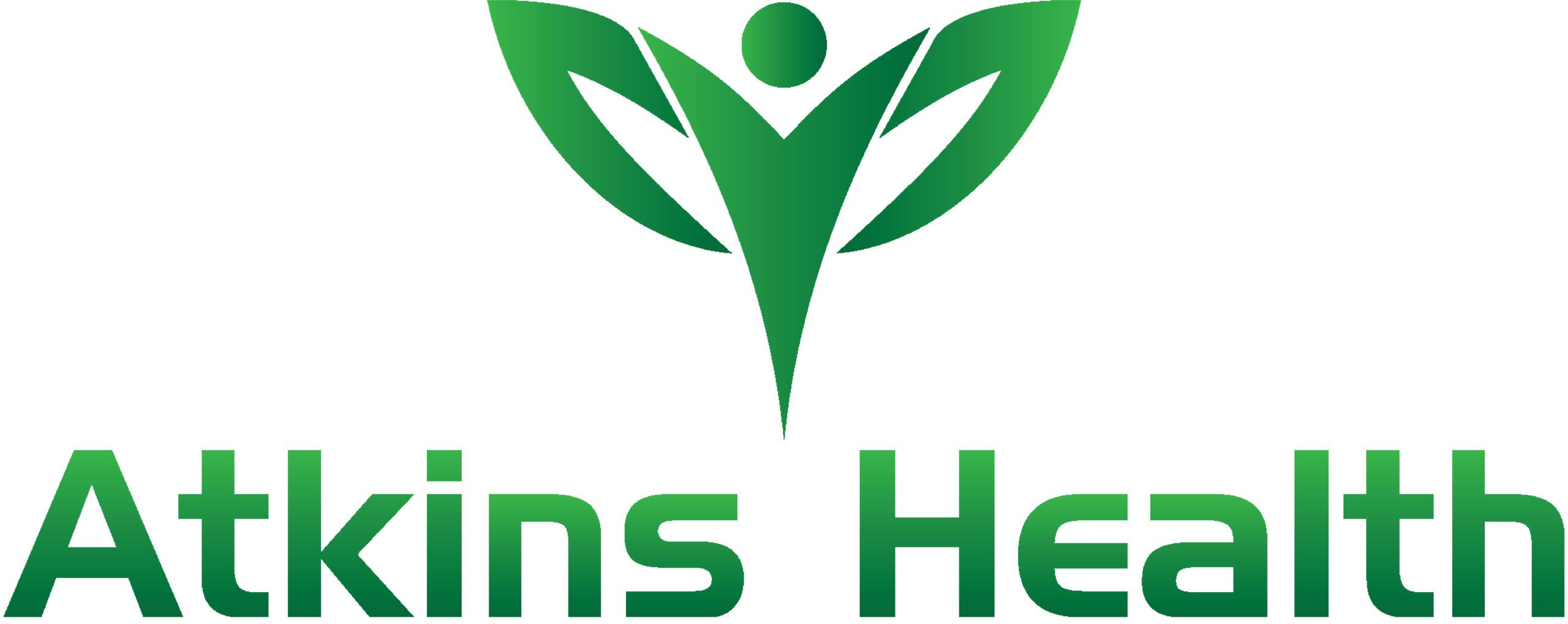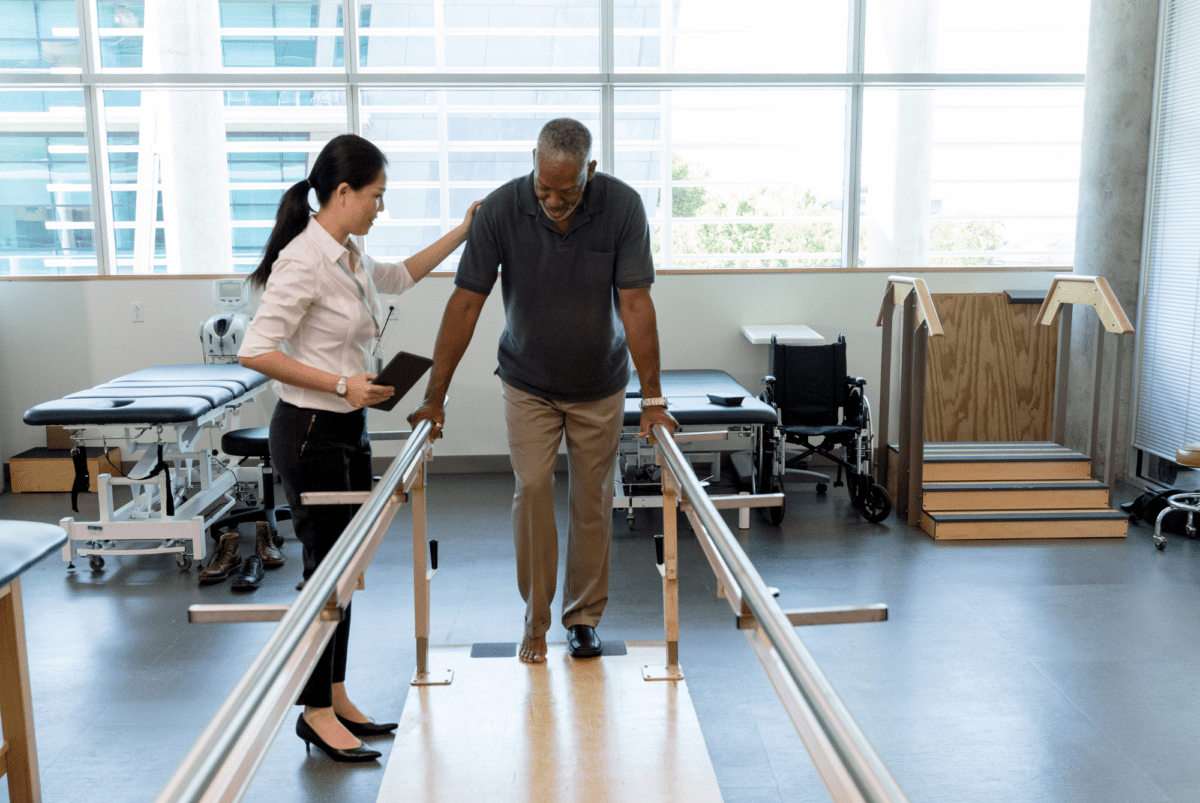Life after a stroke can be challenging. Daily activities, from dressing to speaking, can suddenly become difficult without assistance. In this article, I have put together some of the common questions I get asked about stroke rehabilitation.
A stroke is a serious medical emergency in which the blood supply to the brain is interrupted, causing brain cells to die.
10% of stroke sufferers will recover fully, while 25% will recover partially without being able to do everything they previously could.
Ongoing rehabilitation and treatment can help increase the chances of regaining functionality. As exercise physiologists, one of our main goals when helping clients with stroke recovery is to restore and maintain their level of function.
Over the last eight years, I’ve worked with stroke patients to help them regain independence and confidence through movement.
Here’s how we do it.
What effect can a stroke have on the body?
The impacts of stroke vary significantly from person to person. Lasting complications can depend on the severity of the stroke, as well as any underlying conditions that were already present.
Long-term complications commonly include the following:
- Weakness or absence of movement in limbs
- Fatigue
- Trouble speaking and swallowing
- Sensory changes
- Difficulty reading or writing
- Perceptual changes
- Difficulty walking
- Memory difficulties
The most common denominator across all the clients I’ve seen is the impact on their ability to perform activities involved with day-to-day life. This can be something as simple as getting changed and eating, or it might be more significant mobility issues, such as the ability to walk.
How does EP help stroke rehabilitation
Recovery from a stroke takes time, but it can often transform a person’s quality of life. Exercise plays a crucial role in rewiring neural pathways that were lost as a result of the stroke.
The 6-8 month window immediately following the stroke is a critical period in which the most recovery occurs through exercise intervention.
Even if a limb has suffered a complete loss of movement, improvements can be transferred by working on the opposite limb. Research shows that when we train the unaffected limb, roughly 30% transfers over to the affected limb.
Our primary goal is to restore function on the unaffected limb, by matters of neuroplasticity. In a nutshell, we are regenerating the nerves that connect to the affected limb so that they’re able to use that limb to a certain extent.
The types of exercise we implement can include cardio and mobility training, but will mostly be focused on resistance training. This can take place at home, in the clinic, or in a gym setting.
Pathways for stroke rehabilitation
At Atkins, we offer four ‘pathways’ to stroke rehabilitation. These pathways allow us to cater our treatment approach to different goals. We refer to them as:
- results pathway
- support pathway
- client-managed pathway
- group class pathway
The results pathway is mainly for clients who want to see results quickly and who we feel require ongoing support to reach their goals. It includes 2-3 weekly sessions under our guidance.
Clients on our support pathway typically come in and see us once a week. This is often suitable for clients who are capable of performing the exercises independently, but who still require regular support to keep them progressing.
A client on the client-managed pathway will come in every so often – about once a month. During these sessions, we’ll check compliance with their at-home programs and make any adjustments necessary.
And finally, we have the group class pathway which can work complementary to the client-managed pathway. This is also for clients who are very independent. It allows them to perform the exercises on their own, while also offering a social aspect and feedback from the instructor throughout the session. It helps clients ensure their technique is correct and that they’re complying with their programs.
Squad Atkins is one of our most popular classes and allows clients to carry out their individual programs in a lively and supportive environment.
Atkins Health Stroke Treatment
Just last month I had a client come to me with the goal to get back into running after suffering a stroke a year ago. He’s very functional but was struggling with his gait. His level of commitment immediately stood out to me. His determination to come in every single week has already seen his walking improve significantly in just a few weeks. There’s still a long way to go, but already he’s much happier with how much he’s progressed and how much he’s actually improved.
Locations for Stroke Rehabilitation Services
We offer exercise physiology for stroke rehabilitation at all Atkins Health locations as well as in home visits.
At Atkins, it’s never too late to start your recovery journey. We can accommodate treatment on a group or individual basis, always catering to your unique goals and programming.



